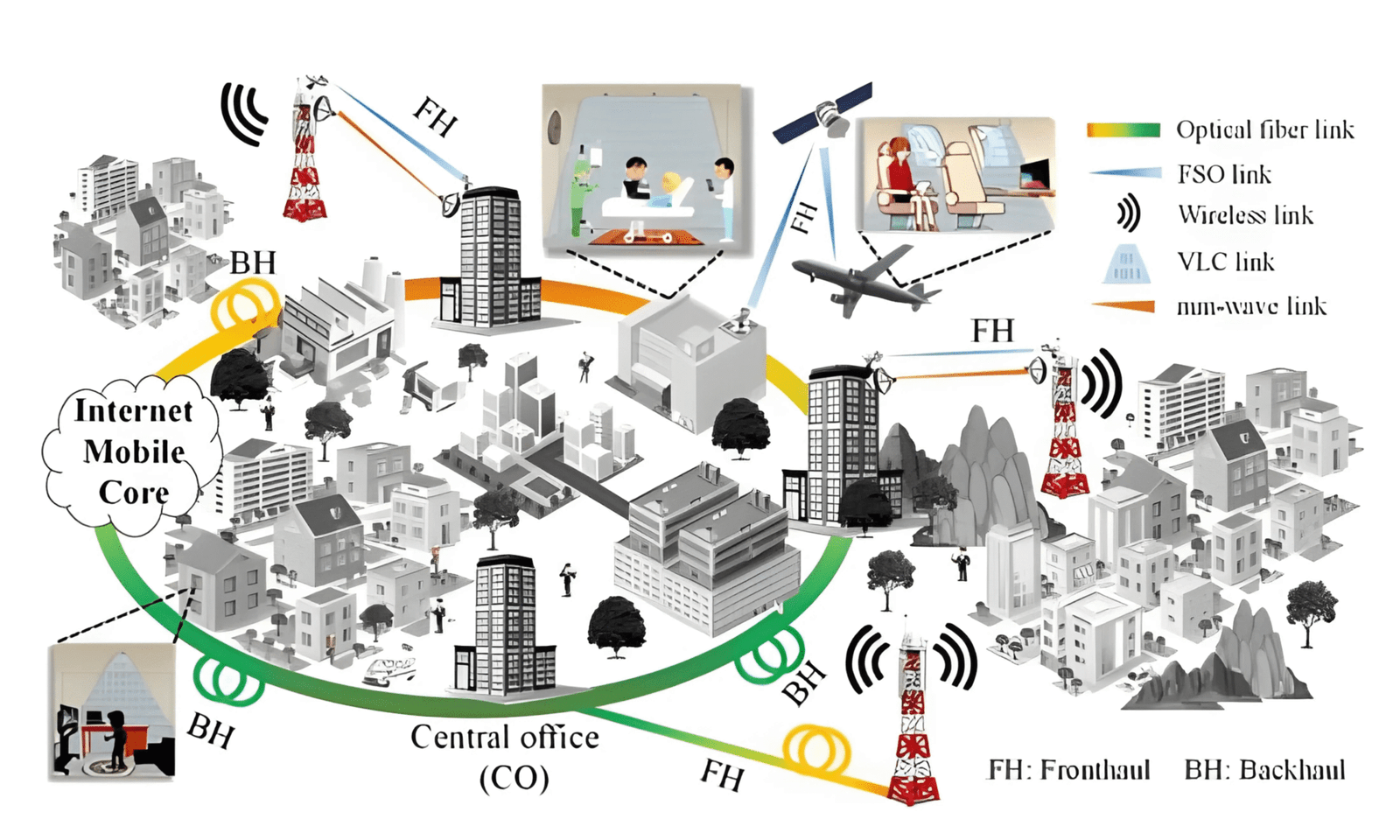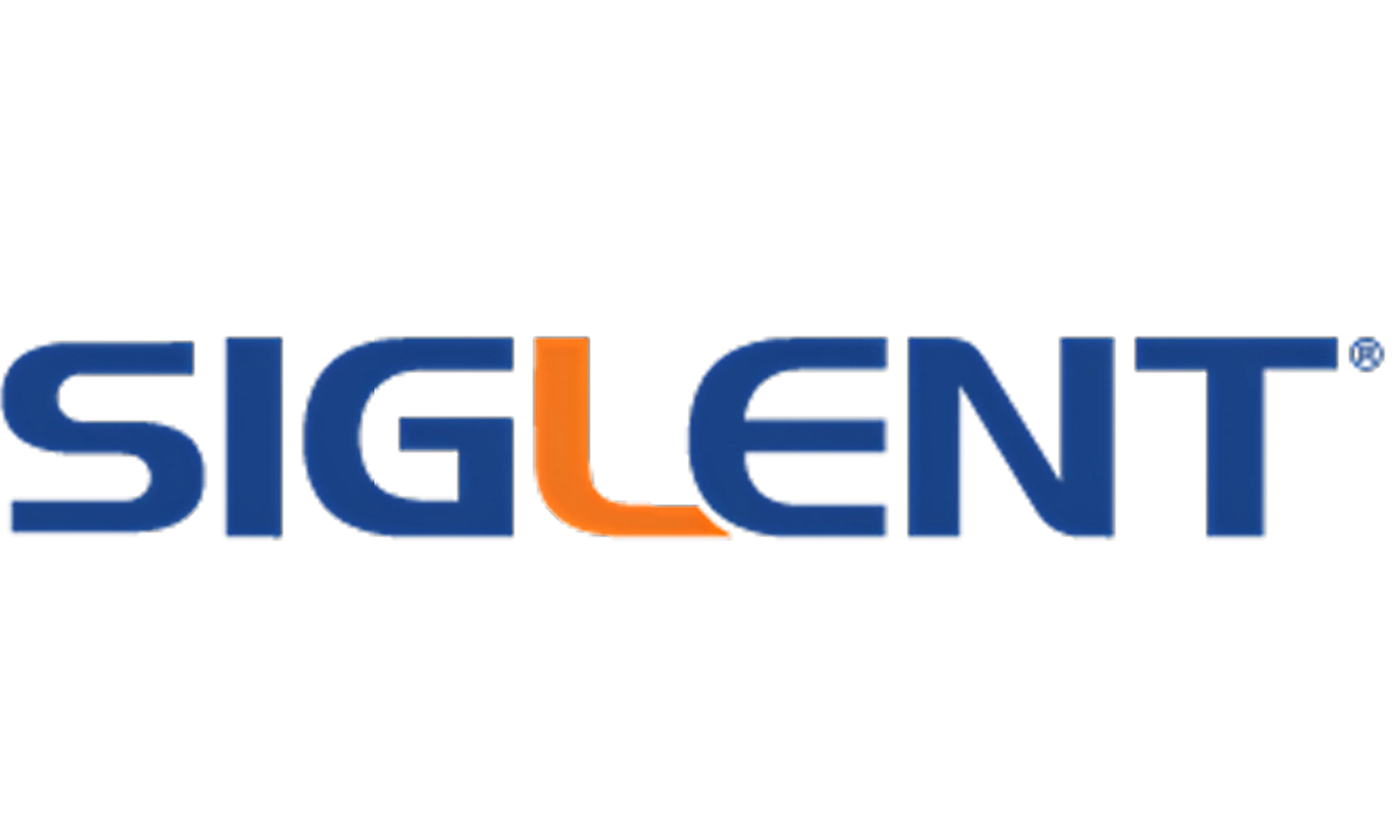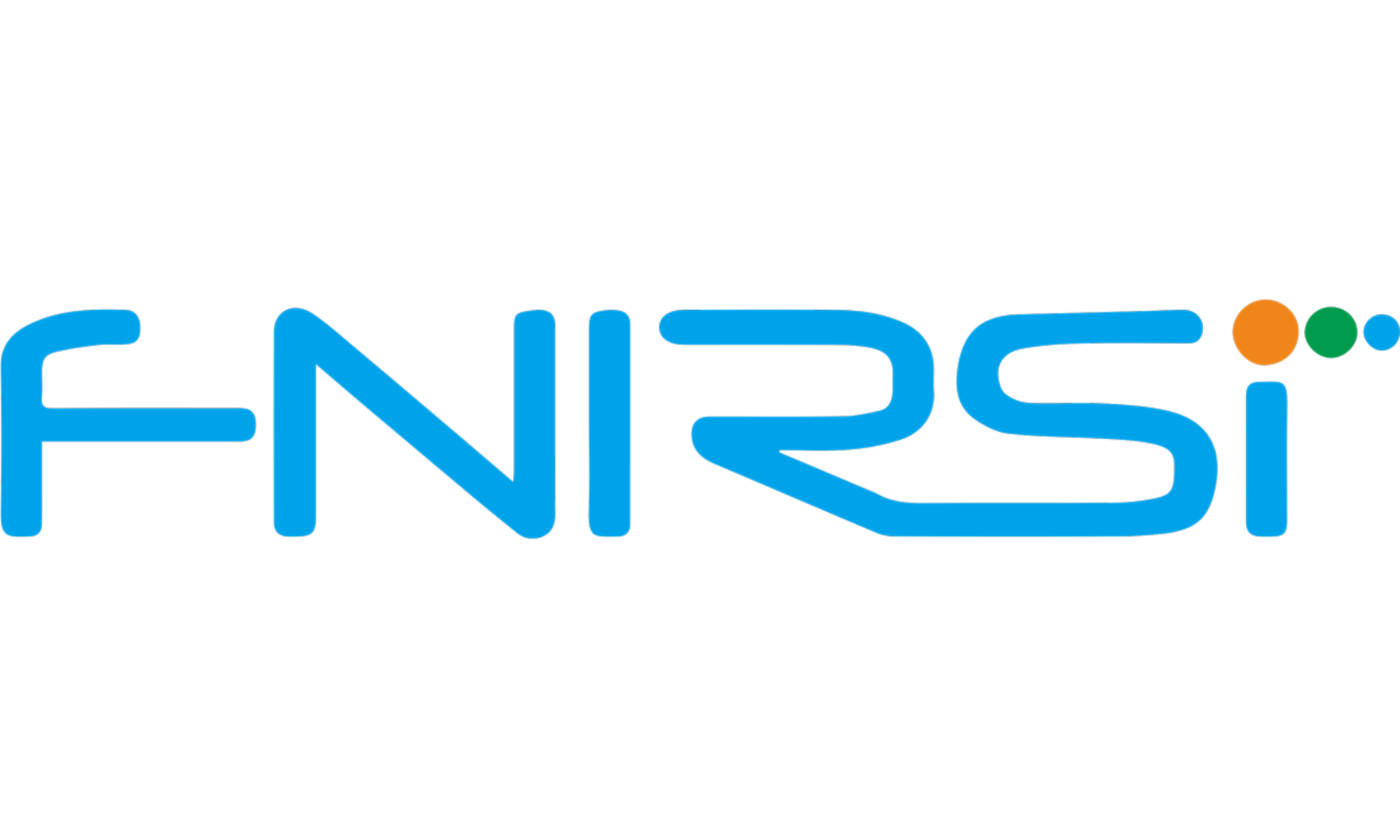Exploring Optical Access Network Architectures and Technologies

Optical access networks are critical for delivering high-speed internet to homes and businesses. These networks connect service providers to end-users efficiently and reliably. With the growth of streaming, cloud computing, and IoT devices, modern optical networks must handle increasing bandwidth. They emphasize scalability, cost-effectiveness, and long-term performance. Understanding their architectures and technologies is essential for network engineers and planners.
Fiber to the Home (FTTH) Networks
FTTH networks deliver optical fiber directly to residences, providing high-speed internet access. This architecture minimizes signal loss compared to copper-based systems. Residents enjoy faster downloads, smoother streaming, and stable connectivity. FTTH uses passive optical components, which reduces maintenance costs. The networks are designed to support future bandwidth growth seamlessly.
Deploying FTTH involves careful planning to maximize coverage while reducing disruption. Providers often implement point-to-multipoint topology for efficiency. Optical splitters allow a single fiber to serve multiple homes. This setup maintains signal quality while keeping deployment costs manageable. FTTH is considered a future-proof solution for broadband expansion.
FTTH networks also support business services with symmetrical upload and download speeds. Remote work, cloud applications, and smart home devices benefit from the consistent bandwidth. Fewer active components simplify network maintenance. FTTH plays a key role in smart city initiatives. It ensures reliable high-speed internet for diverse applications.
Passive Optical Networks (PON)
Passive Optical Networks use passive splitters to distribute fiber connections to multiple users. They reduce operational costs by eliminating the need for powered devices between the central office and users. PONs are highly scalable and provide high bandwidth over long distances. This architecture is widely used in residential and urban deployments. PON forms the foundation for modern fiber-optic access networks.
Different types of PON include GPON, XG-PON, and NG-PON2, each offering higher data rates. GPON is widely adopted due to its balance of cost and performance. XG-PON and NG-PON2 cater to dense urban areas with high bandwidth demand. Selecting a PON type depends on coverage goals and expected growth. Providers can upgrade gradually without major service interruptions.
PON networks can carry multiple services like internet, voice, and IPTV simultaneously. Traffic management and fault detection ensure reliability. Passive components lower energy consumption. PON enables efficient network expansion. It supports cost-effective, high-speed connectivity for large user bases.
Active Optical Networks (AON)
Active Optical Networks use powered switches to route fiber signals to users. Unlike passive networks, AON provides dedicated bandwidth to each subscriber. This ensures consistent performance, especially in high-demand areas. Active components require more maintenance but allow precise traffic control. AON is often deployed in business districts and urban centers.
AON supports point-to-point network topologies, offering flexibility in design. Service providers can monitor traffic and manage bandwidth allocation effectively. This architecture supports high-speed applications like video conferencing. Maintenance involves checking active switches regularly. AON is ideal where guaranteed performance is critical.
With AON, providers can offer scalable solutions for growing urban networks. The system allows rapid upgrades and integration of new services. Businesses benefit from secure and reliable internet access. AON networks support future technology enhancements. They provide robust connectivity for demanding applications.
Wavelength Division Multiplexing (WDM) in Access Networks
WDM technology increases fiber capacity by transmitting multiple wavelengths on the same fiber. This allows multiple data streams to coexist without interference. WDM enhances network efficiency and reduces infrastructure costs. It is commonly used in long-haul and metropolitan networks. WDM supports rapid bandwidth growth in modern optical access networks.
There are two main types of WDM: Coarse WDM and Dense WDM. Coarse WDM uses fewer wavelengths for simpler deployments. Dense WDM allows many channels on a single fiber, increasing capacity significantly. Selecting the type depends on network size and service demand. WDM enables providers to meet growing bandwidth requirements efficiently.
WDM also improves network flexibility. It allows easy addition of new channels without laying extra fiber. Service providers can optimize resources and reduce costs. WDM supports advanced applications like cloud computing and video streaming. It is a key technology in scalable optical networks.
Hybrid Fiber-Coaxial Networks
Hybrid Fiber-Coaxial (HFC) networks combine fiber optic cables and coaxial cables. Fiber runs to local nodes, while coaxial connects the final segment to homes. HFC supports high-speed internet, TV, and voice services. It offers a cost-effective upgrade path from traditional coaxial networks. HFC remains widely used in cable broadband networks.
The architecture reduces fiber deployment costs by using existing coaxial infrastructure. Signal quality is improved compared to all-coaxial systems. HFC networks are suitable for areas where full fiber deployment is expensive. Providers can offer high-speed services without massive infrastructure changes. HFC bridges the gap between legacy and modern networks.
HFC networks also support future upgrades with fiber deep deployments. Enhancements like DOCSIS 4.0 increase bandwidth over coaxial links. Users benefit from faster internet and reliable services. The hybrid approach balances performance and cost. HFC remains a practical solution in mixed urban environments.
Point-to-Point Fiber Networks
Point-to-Point fiber networks provide a dedicated fiber connection to each user. This guarantees maximum bandwidth and reliable performance. They are commonly used in enterprise and high-demand residential settings. Point-to-point networks simplify traffic management and troubleshooting. Each subscriber receives exclusive capacity for demanding applications.
These networks are scalable and easy to monitor. Providers can allocate bandwidth precisely based on user needs. Point-to-point architecture reduces latency and improves network efficiency. They are ideal for businesses requiring uninterrupted connectivity. Maintenance involves monitoring fiber links and network switches regularly.
Point-to-point networks support emerging technologies and high-speed applications. Cloud services, video conferencing, and online gaming benefit from dedicated bandwidth. This architecture ensures consistent performance for all users. Future upgrades are straightforward with additional fiber installation. Point-to-point remains a premium network solution.
Network Topologies in Optical Access
Network topology affects performance, scalability, and cost in optical access networks. Common topologies include star, ring, and tree. Star topology connects users directly to a central node, offering simplicity and reliability. Ring topology provides redundancy and fault tolerance. Tree topology is widely used in PON networks for cost efficiency.
Topology selection depends on service goals and geography. Dense urban areas may require a star or ring for high reliability. Suburban areas often use tree topologies for cost-effective coverage. Each topology has advantages in terms of maintenance and scalability. Proper planning ensures optimal network performance and growth potential.
Advanced topologies combine multiple structures for hybrid benefits. Providers can optimize traffic flow and reduce congestion. Network design impacts latency, bandwidth allocation, and service quality. Topology also affects fault isolation and recovery speed. Choosing the right structure is essential for modern optical access networks.
Optical Network Terminals (ONT) and Equipment
ONT devices convert optical signals to electrical signals for end-users. They are installed at homes or businesses in FTTH and PON networks. ONTs support multiple services like internet, voice, and video. Quality ONTs ensure stable performance and consistent bandwidth. They act as the interface between the optical network and customer devices.
ONT installation requires proper alignment and configuration. Providers test signal quality and connectivity during deployment. Modern ONTs support high-speed Wi-Fi and multiple ports. They simplify network troubleshooting for service providers. ONTs are critical for delivering reliable optical access services.
Advanced ONTs include management features for remote monitoring. Providers can perform firmware upgrades and monitor network health. ONTs support future service expansion without replacement. Their performance directly affects user satisfaction and service quality. Choosing the right ONT is key for network efficiency.
Future Trends in Optical Access Networks
Optical access networks continue to evolve with new technologies. NG-PON2, higher WDM capacity, and AI-driven management are emerging trends. These innovations improve bandwidth, reliability, and operational efficiency. Networks are becoming more flexible to support smart cities and IoT applications. Future optical networks will enable ultra-high-speed services for all users.
Energy efficiency and sustainability are gaining focus in network design. Passive components and optimized layouts reduce power consumption. Providers aim to minimize environmental impact while enhancing performance. AI and automation allow predictive maintenance and fault detection. Future optical networks will be faster, greener, and more reliable.
Integration with wireless networks, like 5G, is shaping hybrid solutions. Fiber provides backbone support while wireless handles last-mile delivery. This combination enhances coverage and service quality. Optical networks will remain central to global connectivity. Continuous innovation ensures they meet the demands of tomorrow’s digital world.
Network Security in Optical Access
Security is critical in optical access networks to protect data and services. Fiber networks are inherently difficult to tap, but encryption and monitoring add protection. Network management systems detect unauthorized access and anomalies. Security protocols prevent data loss and service disruption. Maintaining security is essential for trust and reliability.
Providers implement authentication and encryption for all user connections. Regular audits and monitoring enhance protection. Security also covers physical network infrastructure. Preventing unauthorized access to fiber nodes is crucial. Optical network security is a multi-layered approach combining hardware and software.
Emerging threats require continuous adaptation in network defense. Providers use AI and analytics to identify risks early. User data privacy is maintained with advanced protocols. Security measures also ensure compliance with regulatory standards. Reliable optical access networks depend on strong and proactive security strategies.
FAQs
What is the difference between PON and AON?
PON uses passive splitters to serve multiple users without powered devices, while AON uses active switches providing dedicated bandwidth to each subscriber. PON is cost-effective, whereas AON offers precise control over performance. PON is common in residential areas, and AON is often used for businesses. Both have unique advantages depending on network needs.
What are the main benefits of FTTH networks?
FTTH provides ultra-fast internet, stable connections, and future-proof bandwidth. It reduces signal loss compared to copper networks and supports multiple services. Maintenance costs are lower due to passive components. Users experience consistent speeds for streaming, gaming, and remote work. FTTH is ideal for high-demand residential areas.
What types of PON exist and how do they differ?
GPON, XG-PON, and NG-PON2 are common PON types. GPON balances cost and performance, XG-PON offers higher speeds, and NG-PON2 supports ultra-high bandwidth for dense areas. Choice depends on user density, coverage goals, and upgrade plans. All PON types share a passive infrastructure approach. Upgrades are generally smooth without service disruption.
How does WDM enhance optical networks?
WDM increases fiber capacity by transmitting multiple wavelengths simultaneously. It allows multiple data streams on the same fiber without interference. WDM supports scalable and cost-effective bandwidth expansion. It enables easy addition of new channels without extra fiber installation. WDM is critical for handling growing data demands efficiently.
Why is network security important in optical access?
Security protects user data, prevents unauthorized access, and ensures reliable service. Fiber is inherently secure, but encryption and monitoring enhance protection. Physical and software security measures prevent tampering and service disruption. Strong security maintains user trust and compliance with regulations. Continuous updates are necessary to counter emerging threats.












